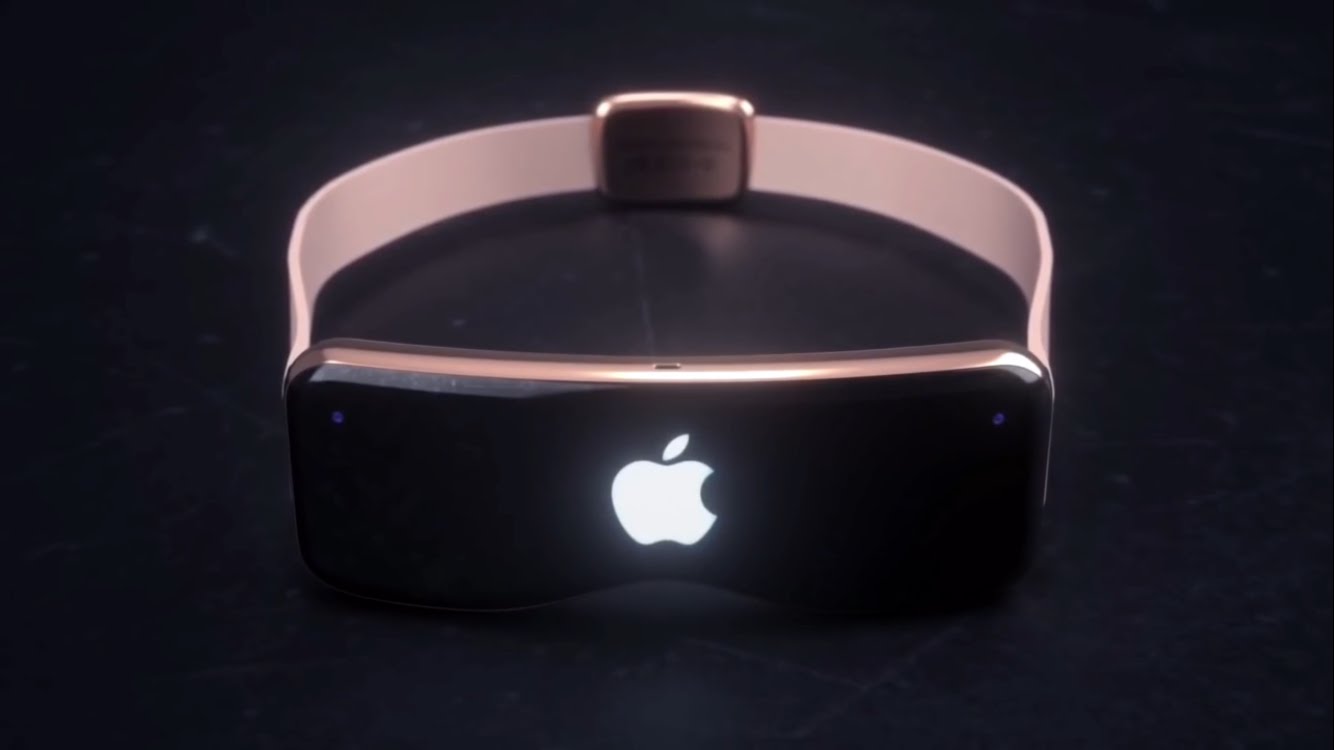Apple could launch a mixed reality headset in 2022, with a new report claiming the rumored device would feature a sophisticated user-friendly system to precisely track the user’s gaze.
STORY HIGHLIGHTS:
- It’d precisely detect a specific point you’re looking at.
- Those areas would be rendered in high quality.
- It’d ensure a seamless visual experience.
- Iris recognition is also possible.
- The headset may drop in 2022.

A sophisticated eye-tracking system
That’s according to a research note by well-connected Apple analyst Ming-Chi Kuo of TF International Securities, seen by MacRumors, AppleInsider and 9to5Mac. In it, he argues that handheld controllers that many head-mounted devices use often result in sub-par experiences.
Currently, users primarily operate the head-mounted display (most of which are virtual reality devices) using handheld controllers. The biggest challenge with this type of operation is that it does not provide a smooth user experience. We believe that if the head-mounted display uses an eye-tracking system, there will be several advantages.
He goes on to explain how the feature is supposed to work:
Apple’s eye-tracking system includes a transmitter and a receiver. The transmitting end provides one or several different wavelengths of invisible light, and the receiving end detects the change of the invisible light reflected by the eyeball and judges the eyeball movement based on the change.
Such a system would enable computer-generated images to blend with the external environment perfectly. Precise eye-tracking would be crucial for controlling the user interface with eye movement. But most importantly, it would permit the headset’s internal hardware to optimize resources by limiting high-quality rendering to a specific fixation point.
Enter foveated rendering
Known as foveated rendering, this technique reduces the rendering workload by greatly reducing the image quality in the peripheral vision. Some virtual reality headsets use a less advanced form of foveated rendering, called fixed foveated rendering which assumes a fixed focal point and thus doesn’t require super-precise eye-tracking.
Apple, as Kuo has it, has opted for the advanced form of foveated rendering.
A bunch of cameras
Just recently, the revered Apple analyst reported that the rumored mixed-reality headset from Apple would utilize as many as 15 onboard cameras. Eight cameras would be used for “image-transmissive augmented reality experiences” while six cameras would power what Kuo referred to as “innovative biometrics,” without providing further details.
An additional module would handle environmental detection.
When’s the Apple headset coming?
According to Kuo and other sources, Apple will release the accessory in 2022, selling it for around $1,000. Though that’s on the high–end of today’s AR/VR gear, it’s a lot cheaper than the $3,000 price tag that The Information mentioned earlier this year.
This is expected to turn out to be a very sophisticated, lightweight (100-200 grams) headset packing advanced technology, including Apple-designed chips that will power detailed graphics said to be projected onto two 8K micro-OLED displays using a system of mirrors and prisms.
Following the rumored headset, Apple is predicted to release augmented reality glasses in 2025 and augmented reality contact lenses in the 2030s though Kuo has “no visibility for the launch schedule” on the latter.